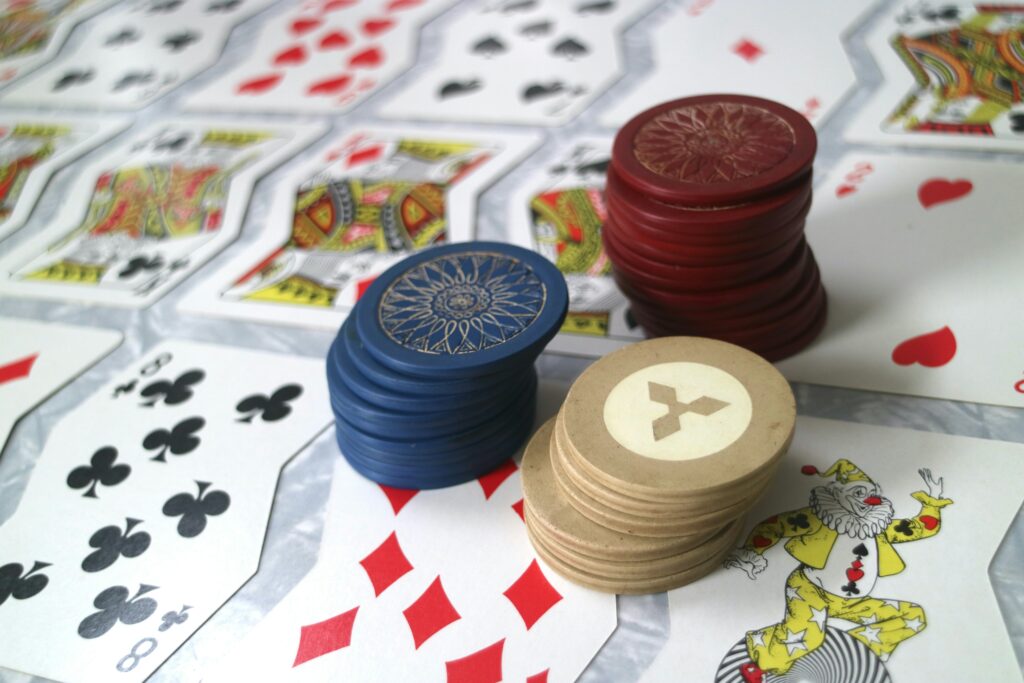Wearable technology has revolutionized various industries, and its impact on gambling analytics is no exception. As a tech enthusiast, I’ve delved into the realm of wearable devices and their potential to transform the way data is collected and analyzed in the gambling sector.
From smartwatches tracking player behavior to biometric sensors providing real-time insights, the possibilities are endless. In this article, I’ll explore the intersection of wearable technology and gambling analytics, shedding light on how these innovative devices can enhance decision-making processes and drive more personalized gaming experiences.
With my expertise in both technology and analytics, I’ll delve into the advantages of integrating wearables into the gambling industry and discuss the challenges that come with leveraging this cutting-edge technology. Stay tuned to discover the exciting prospects that wearable tech brings to the world of gambling analytics.
Evolution of Wearable Technology
The evolution of wearable technology has significantly impacted various sectors, including gambling analytics, by advancing from simple fitness trackers to sophisticated devices capable of real-time biometric data monitoring. These advancements, coupled with AI and machine learning algorithms, enable wearables to analyze vast amounts of data quickly, offering unprecedented insights into player behavior and enhancing decision-making in the gambling industry.
The miniaturization of sensors and improved battery life have made wearables more practical, allowing players to effortlessly track activities and physical responses during gaming sessions. This evolution paves the way for a more personalized, data-driven approach in gambling, unlocking new opportunities for understanding player behavior and optimizing gaming experiences.
Application of Wearable Technology in Gambling Analytics
Wearable technology plays a pivotal role in revolutionizing data collection processes in gambling analytics. As an enthusiast in the tech field, I’m intrigued by how devices like smartwatches and biometric sensors are transforming the way data is gathered and analyzed within the gambling industry.
Data Collection through Wearables
Incorporating wearables into gambling analytics enables seamless data collection on various metrics such as heart rate, physical activity, and even emotional responses during gaming sessions. These devices offer a hands-free approach to gathering valuable insights, providing a comprehensive overview of player behaviors and reactions in real-time.
Real-time Monitoring and Analysis
One of the most significant advantages of wearable technology in gambling analytics is the capability for real-time monitoring and analysis. By leveraging these devices, operators can access instant data on player engagement levels, physiological reactions, and performance metrics.
This real-time feedback empowers decision-makers to make informed adjustments promptly, leading to a more dynamic and responsive gaming experience.
Challenges and Limitations
Exploring the integration of wearable technology in gambling analytics unveils several challenges and limitations that need to be addressed for successful implementation.
- Data Security Concerns: While wearables offer vast data collection capabilities, ensuring the security and privacy of this sensitive information is paramount. The risk of data breaches and unauthorized access to personal player data poses a significant challenge that must be carefully managed.
- Accuracy and Reliability: Despite advancements in sensor technology, the accuracy and reliability of data captured by wearables can still be a concern. Factors such as sensor calibration, signal interference, and environmental conditions may impact the precision of biometric readings, potentially leading to inaccurate analytics insights.
- Regulatory Compliance: The gambling industry is subject to stringent regulatory frameworks to ensure fair play and responsible gaming practices. Integrating wearables into this sector requires adherence to existing regulations regarding data collection, player consent, and ethical use of technology, presenting a complex compliance challenge.
- User Acceptance and Adoption: Encouraging players to embrace wearable devices during gaming sessions can be met with resistance. Factors like comfort, usability, and the perceived intrusion of technology in recreational activities may hinder widespread adoption among players, affecting the efficacy of data collection efforts.
- Interoperability and Integration: Seamlessly integrating wearable technology with existing gambling analytics platforms and software systems poses technical challenges. Ensuring compatibility, data synchronization, and smooth operation between wearables and analytics tools is crucial for leveraging the full potential of these technologies.
Addressing these challenges and limitations through strategic planning, robust data protection measures, user-centric design, and compliance frameworks is essential to harness the transformative power of wearable technology in gambling analytics. By navigating these obstacles effectively, the industry can unlock new possibilities for data-driven insights and personalized gaming experiences.
Future Prospects of Wearable Technology in Gambling Analytics
Wearable technology is set to revolutionize gambling analytics by offering real-time data collection and analysis, enhancing decision-making and player engagement. Devices like smartwatches and biometric sensors will provide immediate insights into player performance and emotional responses, creating a more dynamic and responsive gaming experience.
However, the widespread adoption of wearables in gambling faces challenges such as data security and ensuring the accuracy of the collected information. Overcoming these hurdles and addressing regulatory compliance, user acceptance, and technical interoperability will be essential for maximizing the transformative potential of wearables in shaping personalized gaming experiences.



